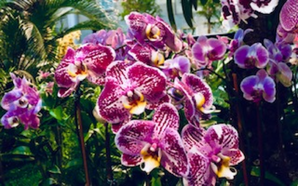
Hundreds of orchids show their beautiful faces at the Smithsonian’s American Art Museum’s “Orchids: Amazing Adaptations.” The display highlights these amazing beings in portrait style, posed behind huge tropical plants, tucked underneath moss, or shooting from trees. Orchids must adapt to this museum environment under the atrium, so close you want to touch them. Orchids thrive in other natural or artificial habitats, even our own kitchens. These brilliant plants, found everywhere but Antarctica, may store moisture or live in almost freezing temperatures. Believed to have evolved 90,000, 000 years ago, botanists now believe orchids are evolving into a new species as they adapt to the world’s climate changes.
We too as writers are affected by environment and change. As we live, we encounter better seasons of writing and times when we pull back, reflect, gather and store. Within our writing, our characters and narrators evolve as well. Do you find you ask yourself “what if?” and set something in motion? Even small changes in line, rhythm, speaker, dialogue, time may turn your piece stronger, more alive.
This month I’m spending time gathering, editing, and preparing some pieces to send out, asking many“what ifs?” It’s been a winter of reflection, deeper listening, adapting, my pieces and myself as a writer evolving.
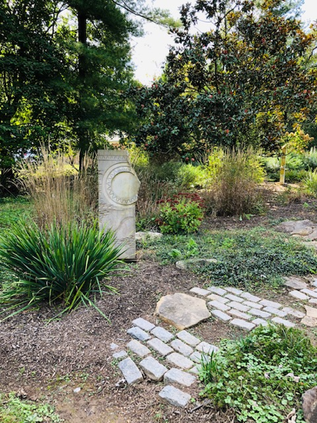
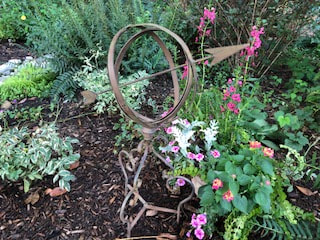
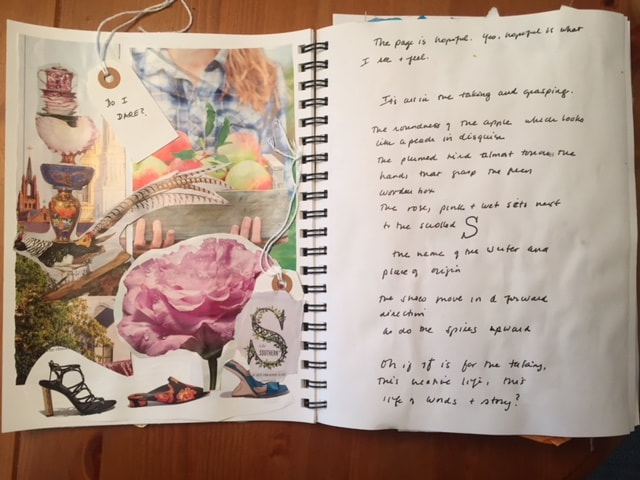
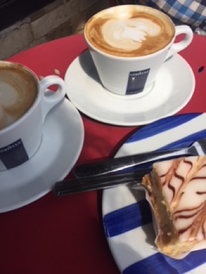
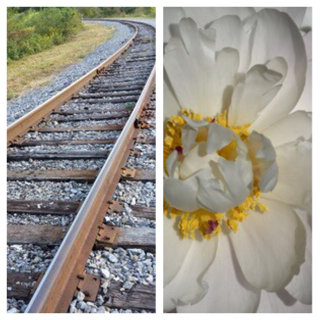
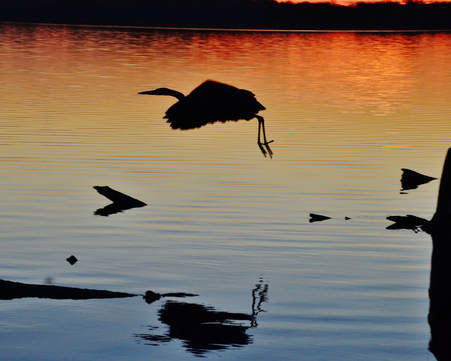
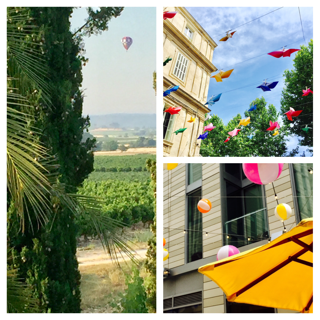
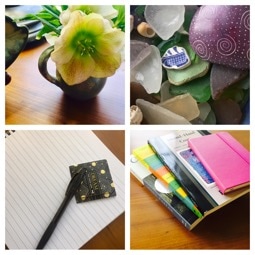
 RSS Feed
RSS Feed